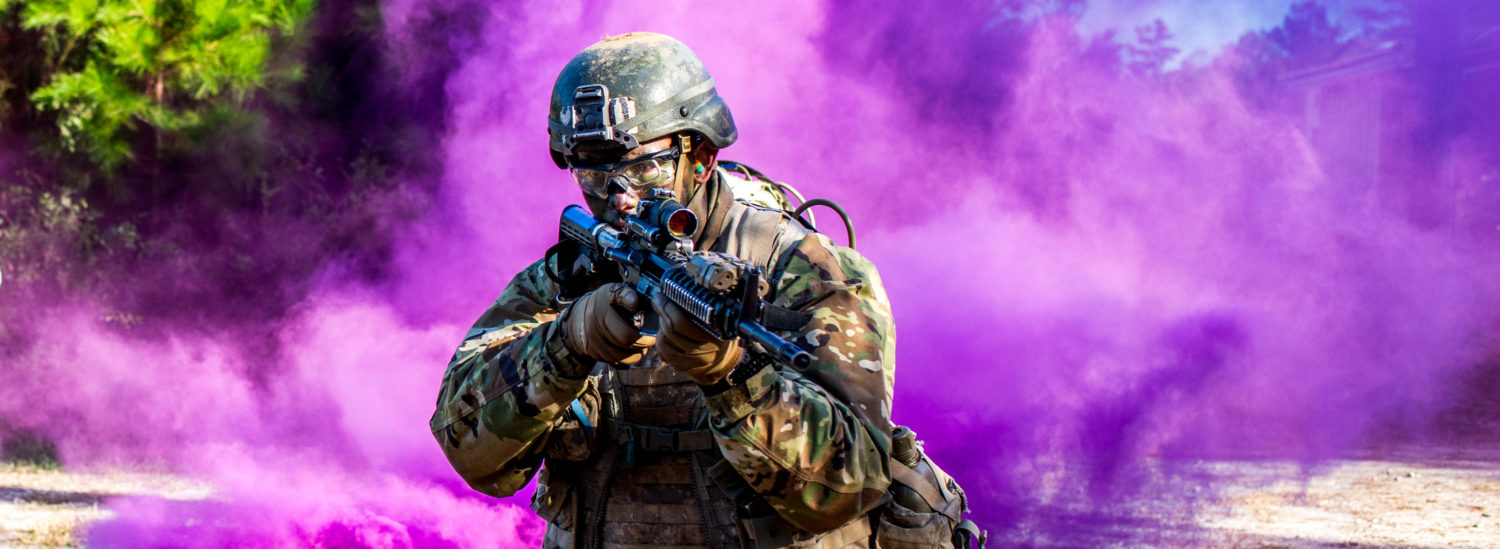One can confidently assume that all organizational leaders at as some point, especially during a Combat Training Center (CTC) rotation, have experienced and observed the frustrations of deliberate or undeliberate selective compliance on noncompliance of actions and orders by individuals or groups. Numerous times at National Training Center (NTC), I have witnessed organizational leaders, specifically the BCT Fire Support Coordinator (FSCOORD) in frustration state, “I told them to do that; we discussed or talked about that; I don’t understand why it didn’t happen; why didn’t they report that; I don’t understand why that happened, AGAIN!”







